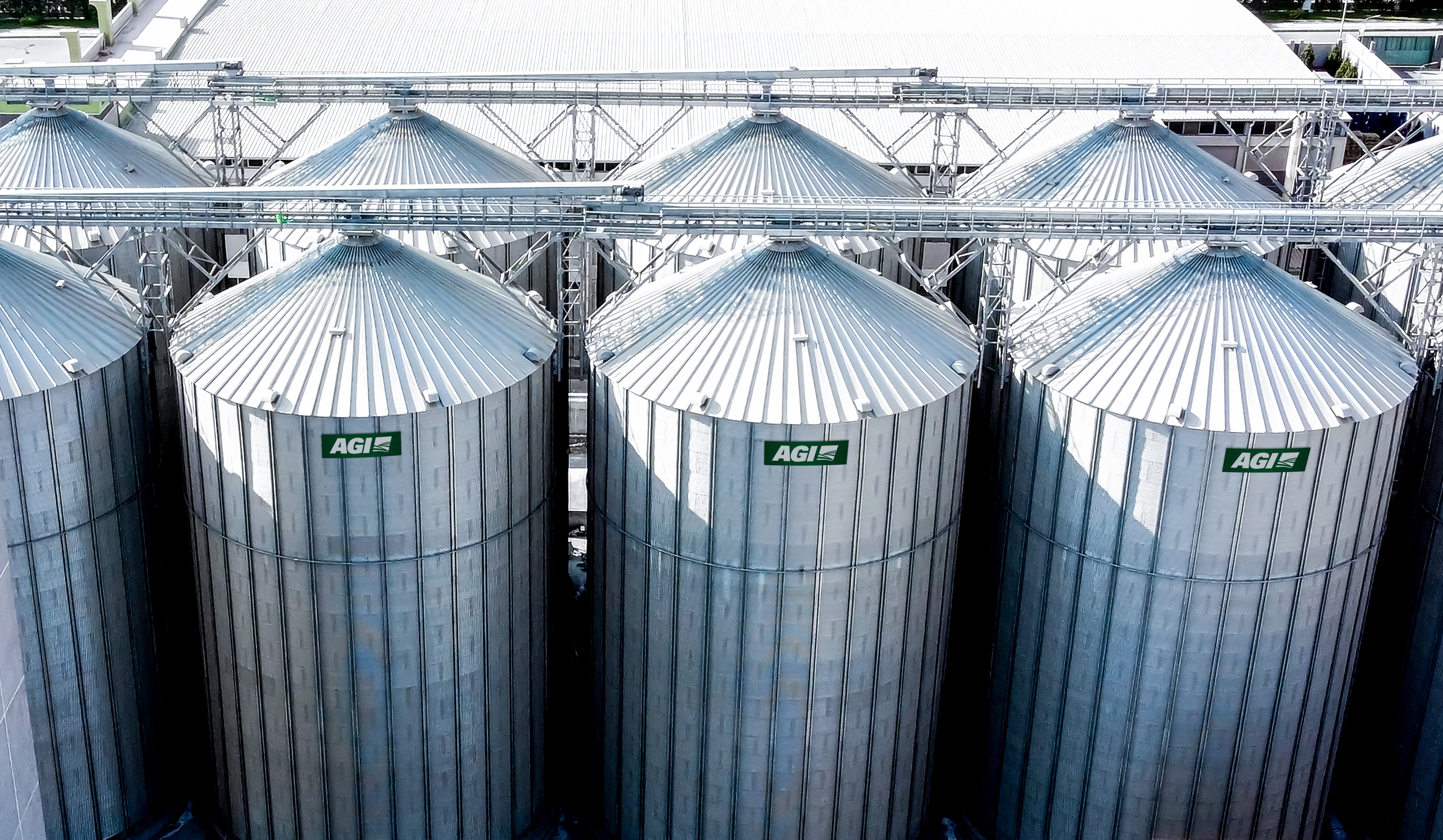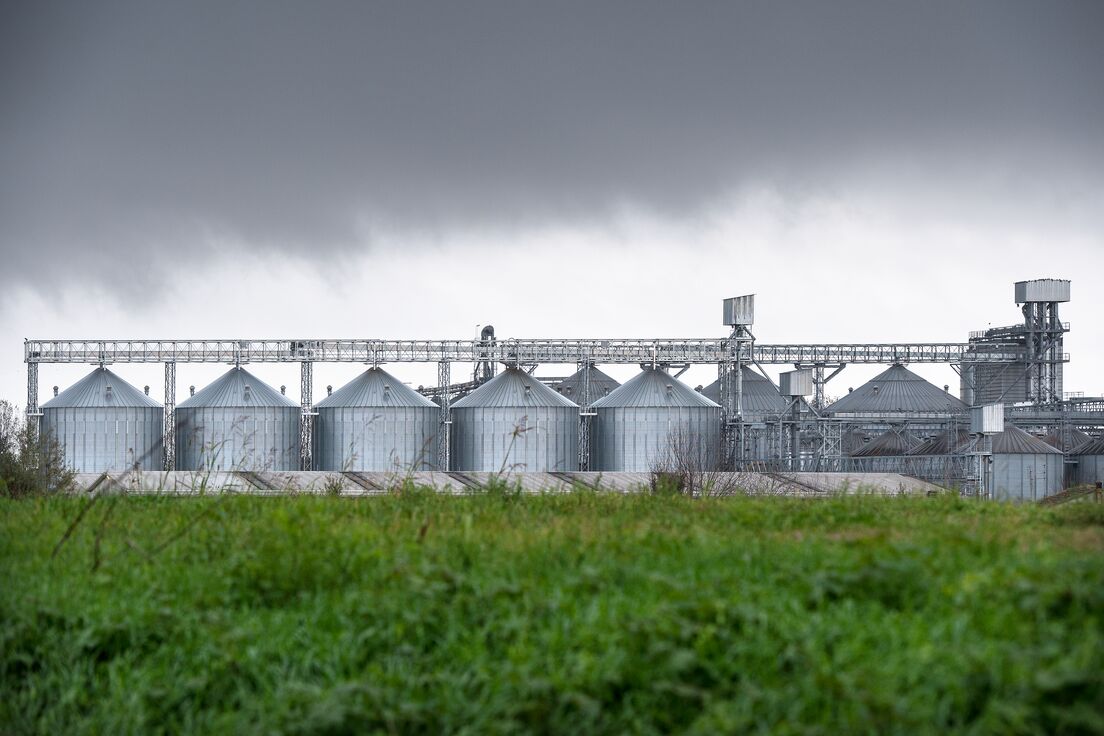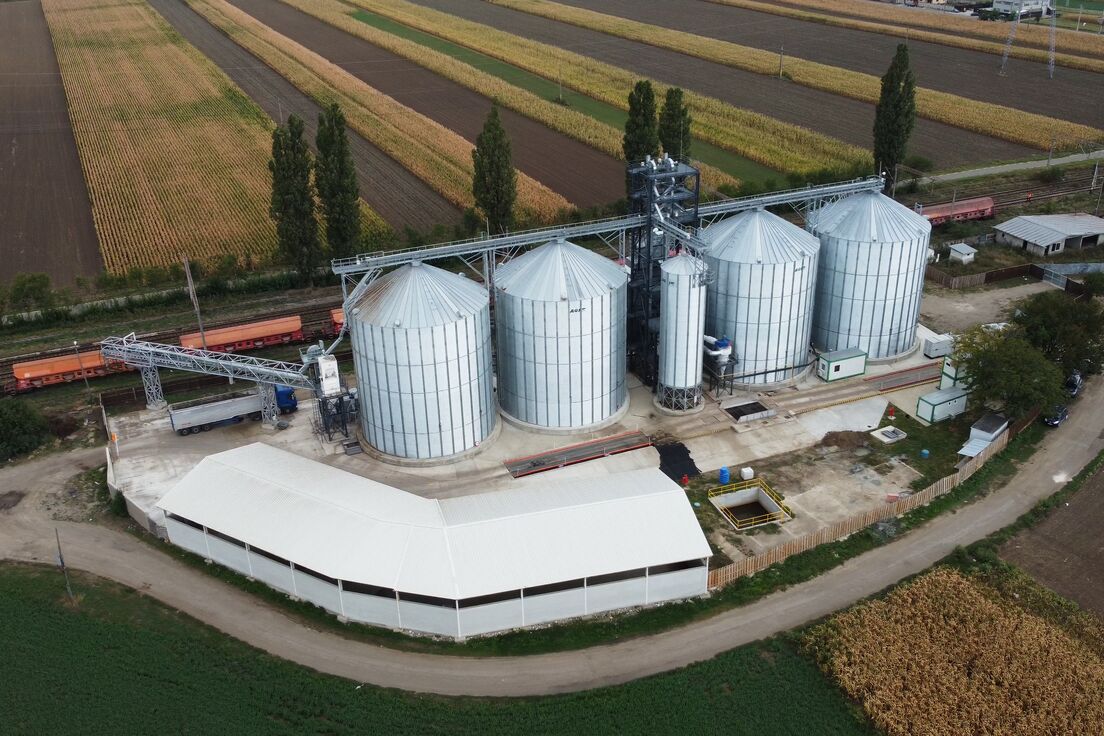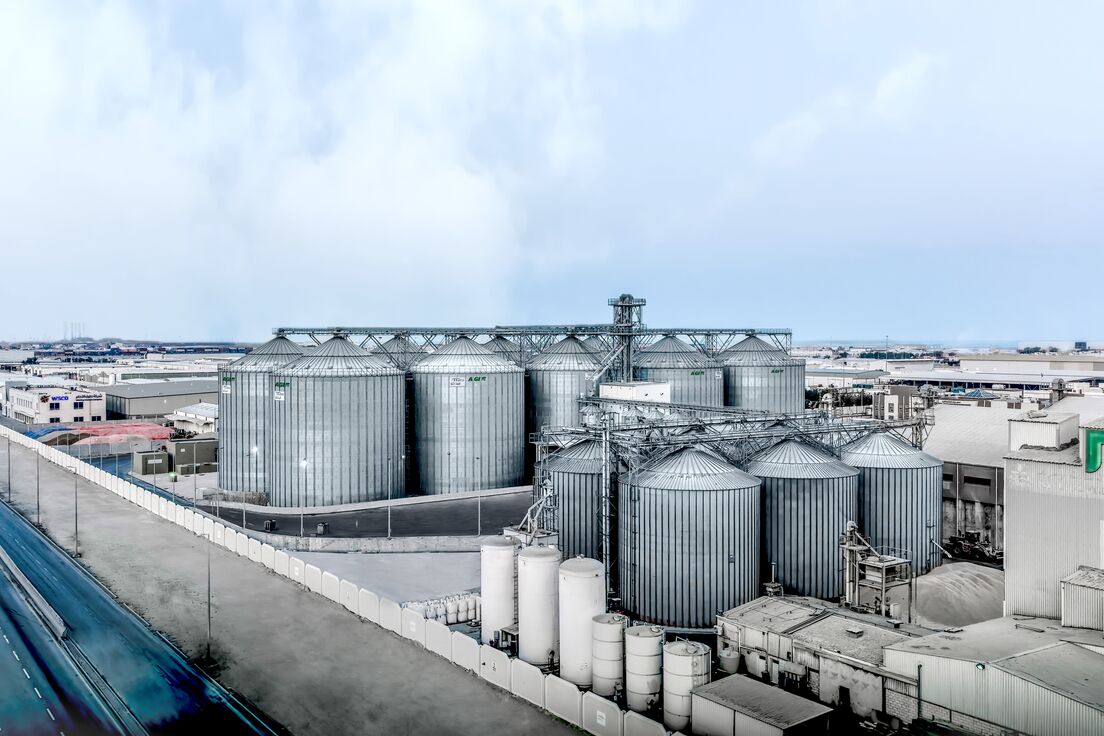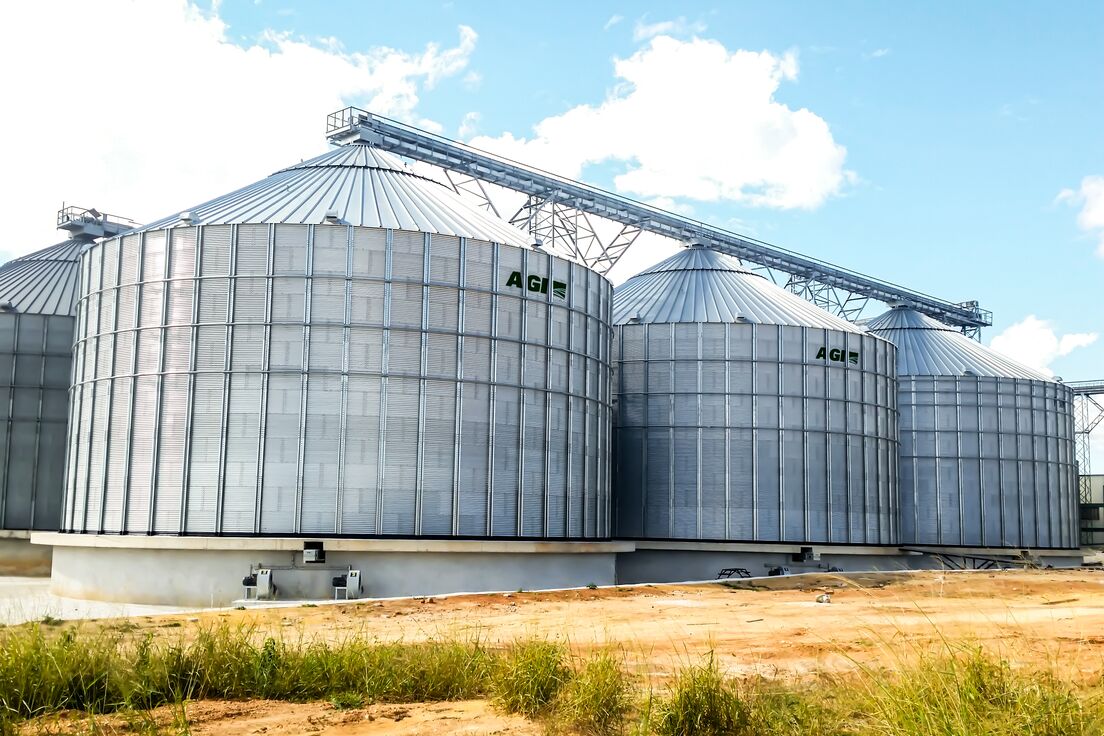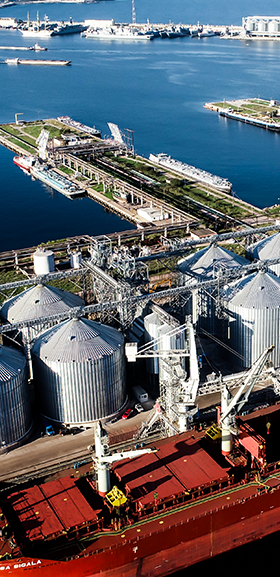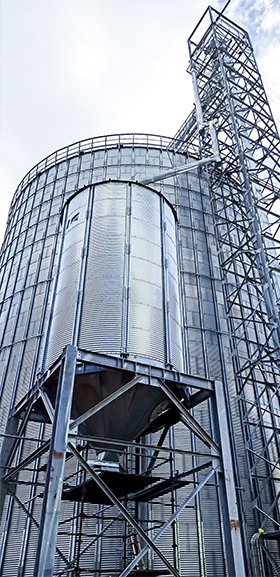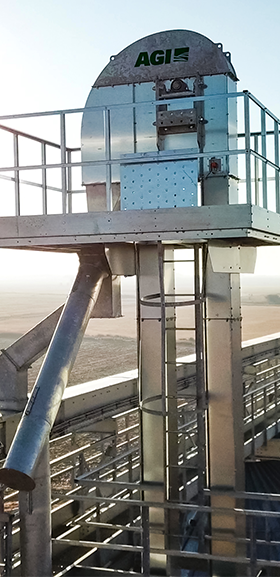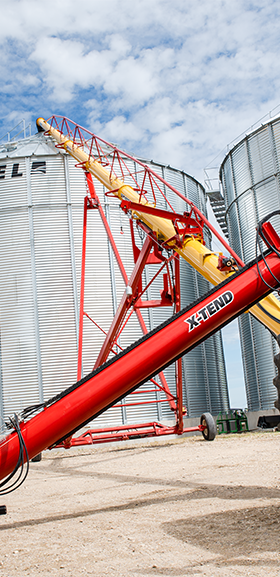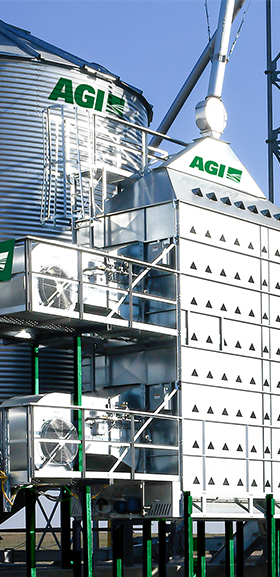Ag Growth International (AGI) is a global expert in providing farmers, processors and commercial customers with the right equipment and customised engineering solutions to produce, protect and deliver the world’s grain, fertilizer, seed, rice, feed and food supplies. Dedicated to safety, innovation and customisation, AGI offers one of the largest catalogs of equipment and full-service planning and engineering services for the storage, blending, mixing, conveying, conditioning and processing of agricultural products worldwide.
For over 30 years, AGI’s Europe, Middle East, and Africa (EMEA) division has been focused on providing manufacturing solutions that meet the unique needs of the region. From its headquarters in Ozzano dell’Emilia, Bologna, Italy, and state-of-the-art production facilities across Europe, AGI serves a wide range of customers in various industries including farm, grain trading, milling and feed mills.

